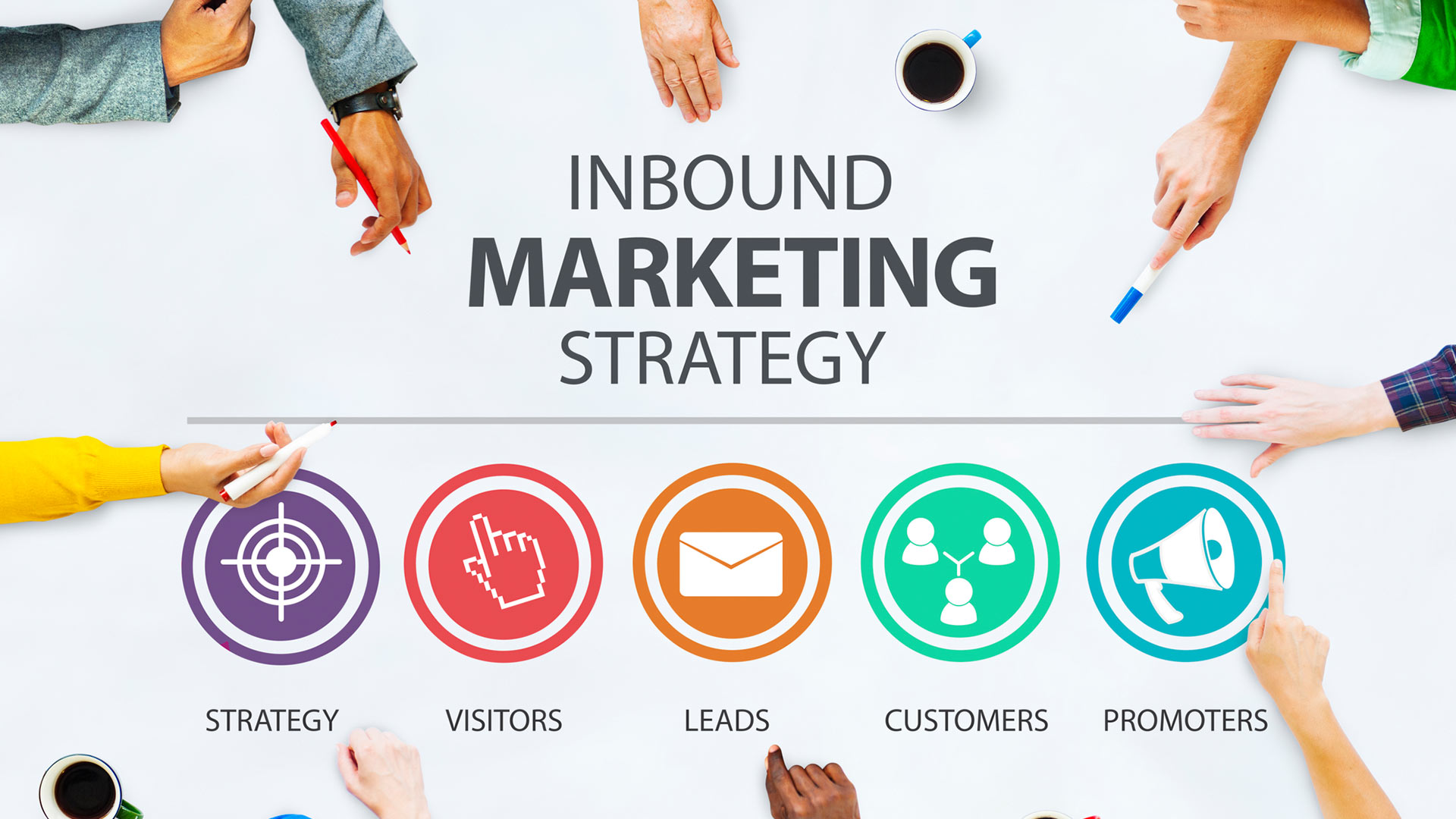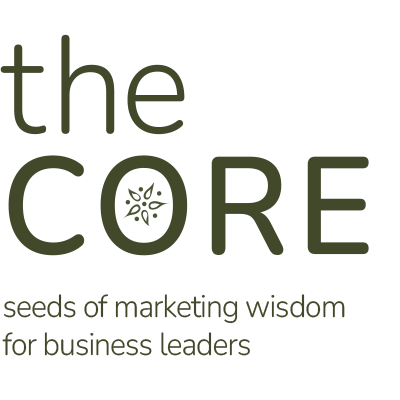There are a lot of different marketing metrics you can use to measure success. However, many businesses don’t pay attention to whether or not their marketing is working until sales numbers are slipping. And, by that point, it’s too late.
Because a lot of marketing is about generating leads and peaking the interest of potential customers, it’s the tip of the spear for your business development efforts. The question is, how can you measure whether or not your marketing is working before it’s too late?
3 Leading Indicators Your Marketing Is (or Isn’t) Working
Here are three ways you can determine if your marketing is effectively supporting your business objectives before you’re in desperation mode:
- Your messaging isn’t resonating with people. As a marketer, it’s important to know what messaging works and what doesn’t. If the content you’re creating (eBooks, infographics, blog posts, etc.) isn’t resonating with potential customers, they won’t consider you as someone who can help them solve their problems. Paying attention to which messages resonate (and which don’t) will help you create content that actually leads people towards the path of becoming a customer.
- Your sales team is spending a lot of time clarifying your unique value proposition. If your sales team is having to spend a lot of time explaining how you are uniquely positioned to help potential customers solve their problems, it might be a sign your marketing isn’t doing a great job of answering those questions. In a world where potential customers are already halfway through the buying process before they engage with an actual human being, it’s important that your marketing is effectively communicating what you do and how you can help.
- You’re generating a lot of low-quality leads. Your marketing efforts should be focused quality over quantity when it comes to lead generation. If you’re generating a bunch of leads that don’t fit the profile of someone who buys, you’re creating a fan base, not a customer base. This is why it’s important to define the exact buyer personas you’re trying to reach.








